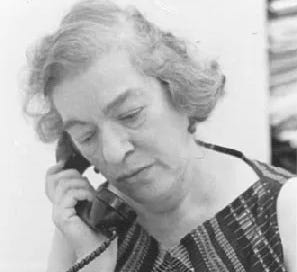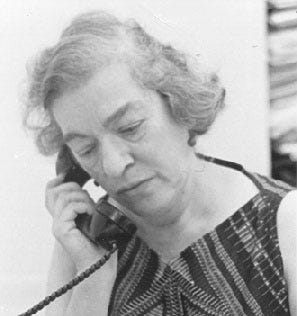Subscribe to the STEMScribe newsletter to gain full access to our materials. It’s free!
If you would like to submit a guest post to the blog, please fill out this form.
Mollie Orshansky (1915-2006) revolutionized our modern perception of poverty classifications.
Orshansky was the first in her family to graduate from high school as well as the first to graduate from college, majoring in math and statistics. She had five sisters and grew up in poverty.
“If I write about the poor, I don’t need a good imagination—I have a good memory.”
- Orshansky
In the 1930s, university positions were not open to women. Although government jobs were viable career options, women were often separated into traditionally feminine sectors such as the female labor force, families, and children.
On the other hand, Orshansky worked as an economist in the Social Security Administration, a highly unorthodox position for women at the time.
Orshansky in 1971. Source.
Orshansky’s Impact
In 1964, the Council of Economic Advisors created a poverty line that classified households with annual incomes of less than $3,000 as poor.
Troubled by this simplistic definition, Orshansky published Counting the Poor: Another Look at the Poverty Profile in 1965. By May of the same year, the Office of Economic Opportunity began considering family composition and adopting Orshansky’s system.
The Orshansky Poverty Thresholds
They were based on daily nutritional needs.
At the time, about 1/3 of total spending was food-based. Orshansky, a former food economist, incorporated household food expenses into poverty classification.
They considered family composition.
Orshansky was one of six daughters in her household, and she understood firsthand how family makeup could impact income and expenditure. In 1960, Orshansky created poverty thresholds for families with children in her paper Children of the Poor.
They were officially applied to the United States population.
By 1969, Orshansky’s thresholds were the official definition of poverty in the federal government.
Despite the widespread impact of her work, Orshansky’s papers remain little-known and under-appreciated. You can find more of her writing here.
Written by Chloe Xu
The STEMScribe blog is a reader-supported publication. Subscribe to show your support. It’s free!
Consider spreading the word:




